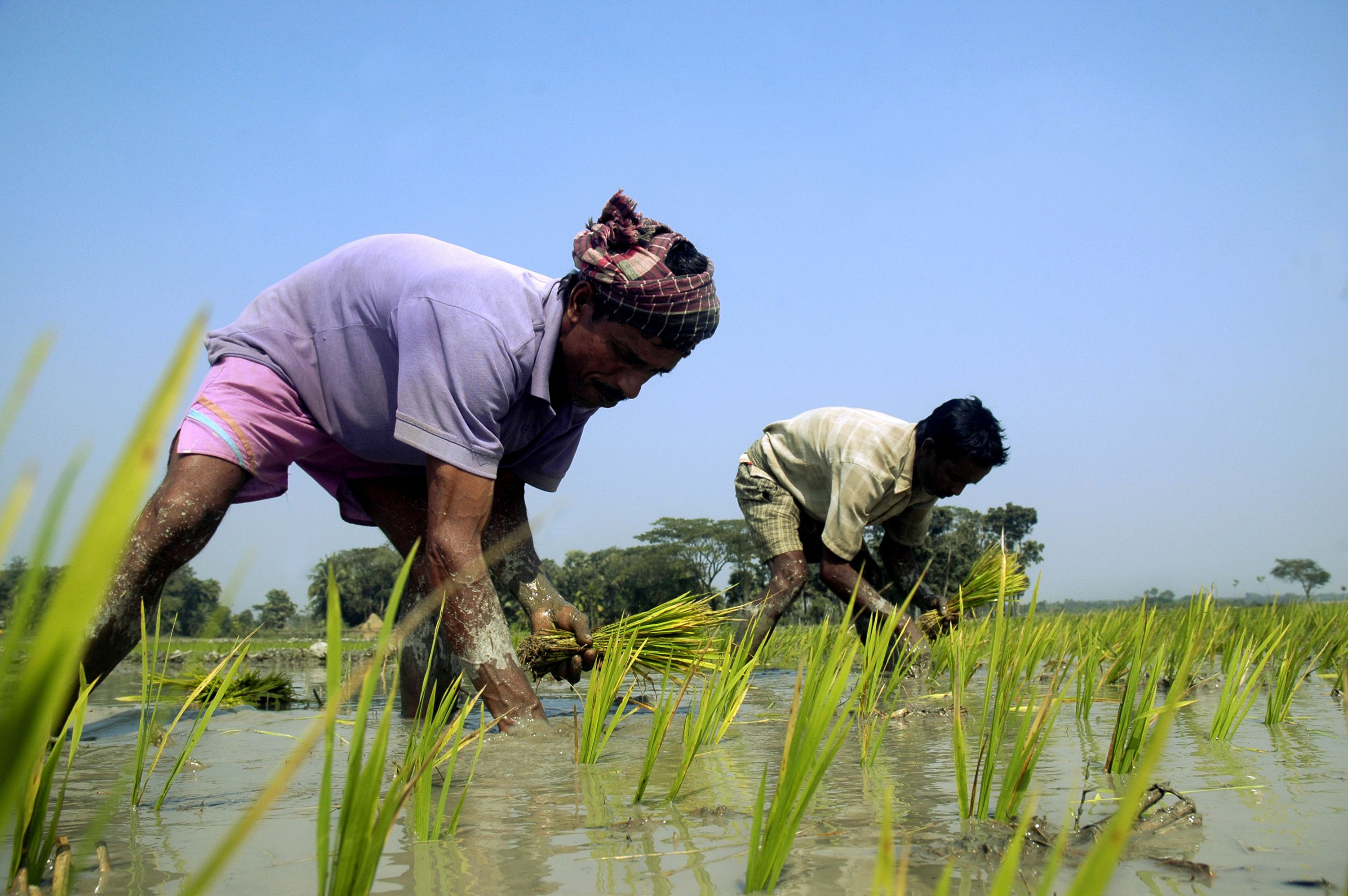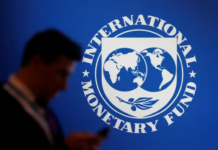The problems are an early warning for countries, especially poorer ones, that are investing in new coal-burning plants even as solar and wind get cheaper.


Somini Sengupta and
Somini Sengupta traveled to Rampal, Bangladesh, to understand the lack of coal at a controversial plant there. Julfikar Ali Manik reported from Dhaka and Rampal.
One of the world’s newest, most contested coal-burning power plants began operation in December. By January, it had ground to a halt for a month. Again, in April, it sat idle for 23 days.
The reason: It didn’t have coal to burn.
That meant it couldn’t produce any electricity nor make money to recoup the $2 billion it cost to build.
The troubles facing the Maitree power plant are a glimpse into the risks that other new coal plants around the world could face in coming years, for a variety of reasons. Maitree shut down temporarily because of a shortage of foreign currency to import coal from Indonesia. That happened because the value of the Bangladeshi taka shrank, while commodity prices, including coal, rose sharply.
Other coal plants elsewhere are at risk of sitting idle in coming years because coal could soon lose its appeal as the cheapest source of electricity.
The country’s energy minister, Nasrul Hamid, forcefully defended the decision to build the plant. No one could have anticipated the many challenges that would befall the project, he said in an interview, including the rising price of coal on the global market, or the foreign currency crunch facing his country.
Whether it’s from coal or another fuel, he said, Bangladesh needs affordable, reliable electricity to grow its industries. “It can be energy from fossil fuels. Whatever it is, we need energy,” he said. “Every country has done that.”
Despite his bullishness, Bangladesh, like many other countries in Asia, is softening on coal.
India recently said it would suspend new coal plant projects for the next five years. Elsewhere, old coal plants are slowly being retired and new projects have been canceled, according to Global Energy Monitor, which tracks coal plant construction.
The big outlier is China, which is building more coal plants than the rest of the world combined.
The 1,320-megawatt coal project in Rampal has been additionally contested because it is less than 10 miles upriver from the gateway to the world’s largest mangrove forest, the Sundarbans. A UNESCO world heritage site, it is home to the Bengal tiger, rare river dolphins and several species of mangroves. Environmentalists say the coal plant could damage the area’s air and water.
“It’s a good thing it’s sitting idle. It’s not emitting lethal gas,” Sultana Kamal, a veteran Dhaka-based environmental advocate, said during one of the recent shutdowns. “On the other hand, it’s a huge wastage of public money. It only shows how ill-planned the whole thing was.”
Sail north along the Pashur River from the dense, dark tangle of the Sundarbans forest, you first pass women, waist-deep in water, hauling nets to scoop up young shrimp to sell to shrimp farms inland. Villages are hemmed in by mud embankments that can crumble when the tides are high or a storm passes through.
It is also a busy industrial thoroughfare. On the riverbanks are cement plants and bulbous tanks to store imported gas. The port town of Mongla is dotted with factories stitching fast fashion for export.
The plant’s managers say they have taken precautions against environmental risks. Coal is to be ferried in covered barges to prevent coal dust from scattering. Gypsum, a byproduct of coal-burning, is to be sold to cement factories. Ash ponds are to be covered. “We understand this is a very sensitive area,” said Bappaditya Sarkar, a general manager.
The country’s coal rollout reflects its diplomatic strategy. Maitree is a joint project with the Indian state-owned National Thermal Power Corporation. A second coal project has started sending electricity into Bangladesh from a coal plant in India, run by the Indian conglomerate Adani. China helped with two coal plants, in Barisal and Payra. Japan is funding another, under construction in Matarbari.
For Bangladeshi citizens, the price of coal-burning electricity has turned out to be far higher than expected. Also, less reliable. No sooner had Maitree resumed operations in mid-May, after managing to secure foreign currency to pay its coal suppliers, than the Payra plant shut down, run by another state-owned company, also temporarily, for a lack of coal. Bangladesh has also been reeling from power cuts in sweltering heat.
Not far from Maitree, another coal plant was supposed to be built. But its developers changed their mind. It’s now the country’s second-largest solar farm.
Somini Sengupta is The Times’s international climate correspondent. She has also covered the Middle East, West Africa and South Asia and is the author of the book, “The End of Karma: Hope and Fury Among India’s Young.” @SominiSengupta • Facebook









